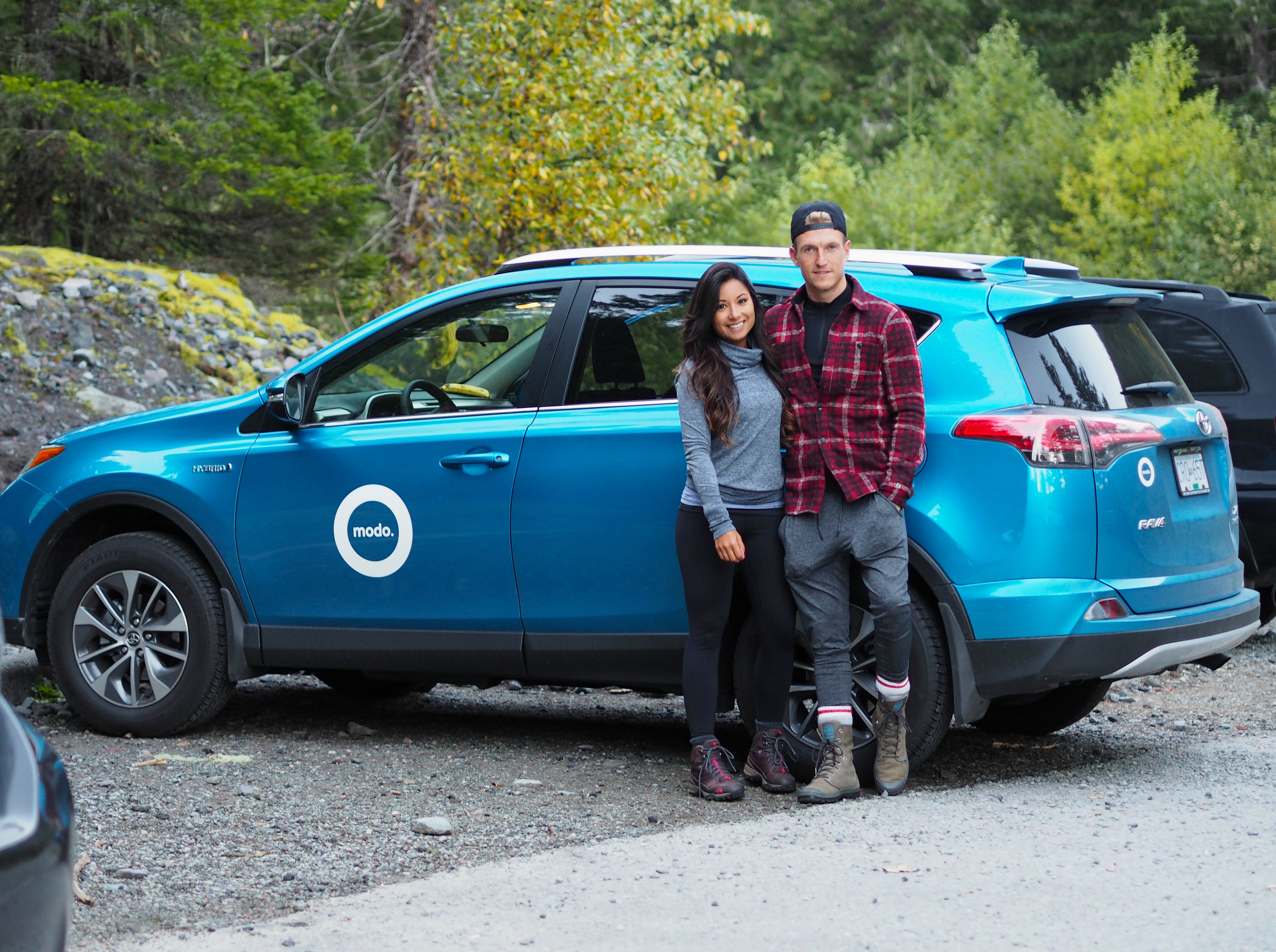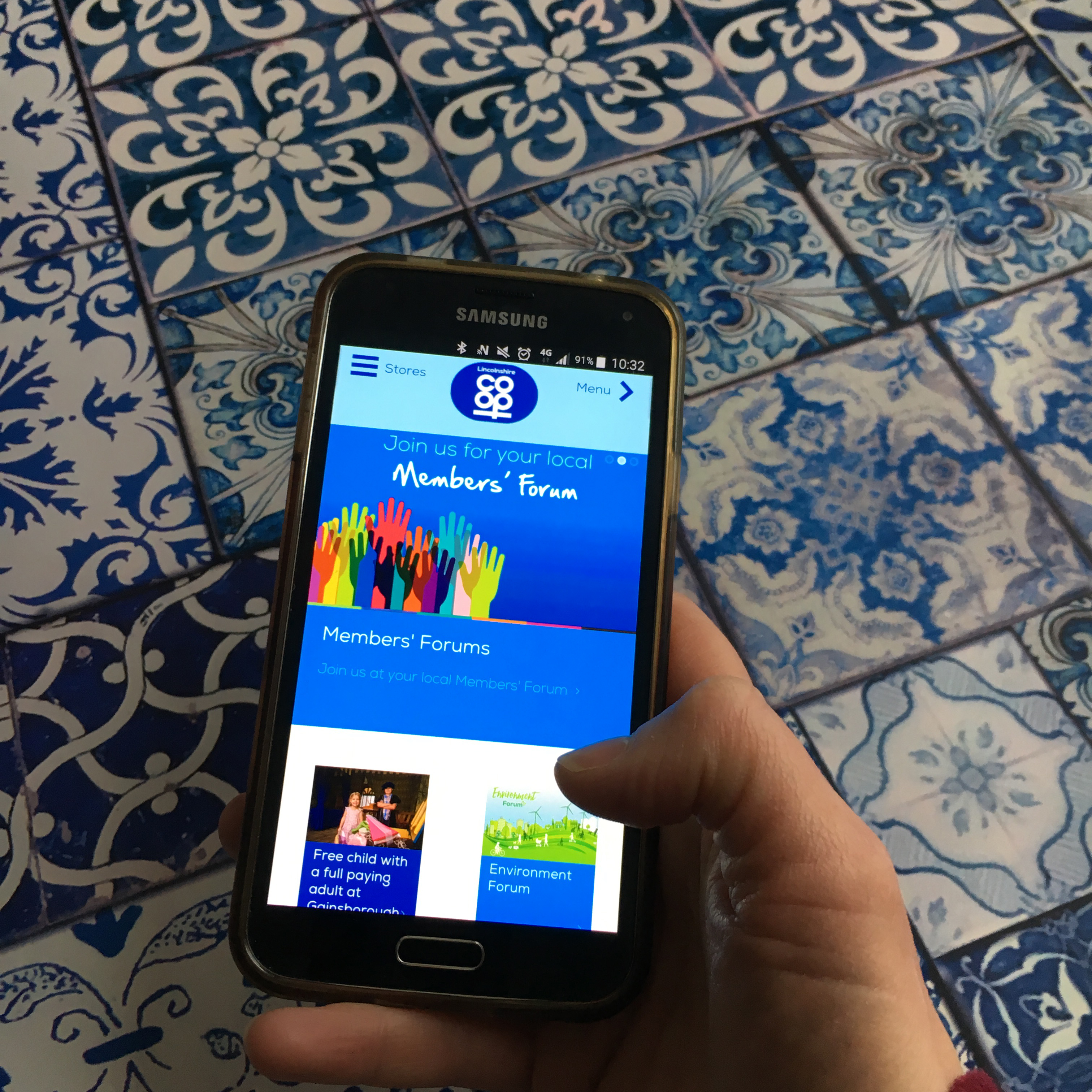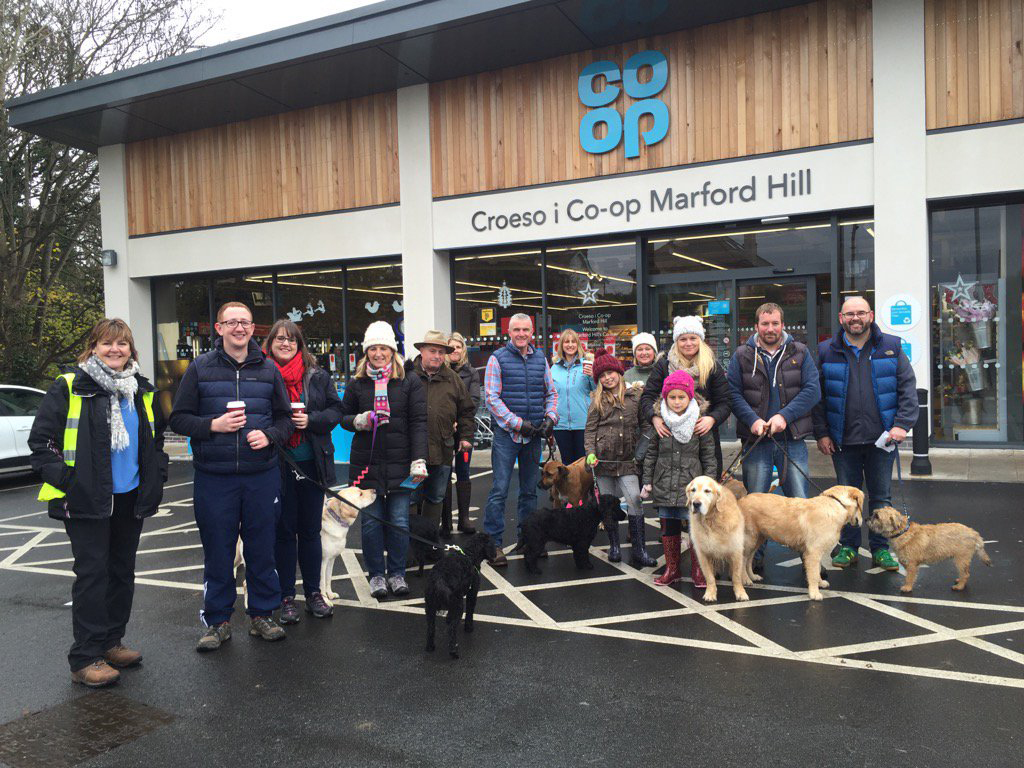From online accounting to live video streaming, digital technologies are transforming the way we do business. For co-operatives, new technologies offer unparalleled opportunities for engaging with members on a scale not previously possible.
John Atherton, membership manager at Co-operatives UK, says: “As technology changes so do the expectations of members and it’s vital that co-ops find ways to incorporate technology into their formal governance. But even more important is the opportunity it provides for co-ops to get closer to their members and use a range of channels to get their input, ideas and feedback – on everything from strategic decisions to daily matters.”
Most co-operatives now have an online presence, including a website and social media accounts. Some are taking this further, with live video streaming, bespoke apps and websites that can be personalised to the individual user.
Digital technologies don’t necessarily replace events, mail-outs and other forms of communication. Each member should be able to engage with their co-operative using a channel that suits them, whether that’s through speaking to someone in store, filling in a printed feedback form, or using an app.

Not all technologies require a big investment of time or money; many are free, or low-cost, and don’t require a major commitment. For example, live video streaming of events, through Periscope, Facebook Live and other channels, can be used to reach audiences who are unable, or unwilling, to attend in person. Live video streaming also has a myriad of other uses, from offering members cookery classes and free first aid training, to introducing them to new senior staff or suppliers.
What technology is on the way?
Digital technology is advancing rapidly. According to ‘The Future of Shopping: A collection of inspiring thoughts and predictions from some of the UK’s hottest engineers’, virtual reality is set to change the way customers interact with brands.
Sol Rogers, CEO of digital production company REWIND, says: “Consumers will be totally immersed in an experience – through VR you can try on a pair of jeans without getting changed, learn the provenance of your hot chocolate by visiting the cocoa farm the beans were sourced from and even test drive a new car without leaving the showroom.”
The customer/supplier example could be particularly relevant to co-ops. In a few years, real time VR could also help to engage new audiences with AGMs, members meetings and other events.
Related: Case study of new network, Co-operative Technologists
eBay and IKEA are among brands trialling virtual reality as a way to engage with customers. IKEA launched a VR app last year to help customers choose a kitchen. Jesper Brodin, range & supply manager at IKEA, says: “Virtual reality is developing quickly and in five to ten years it will be an integrated part of people’s lives.”
Martin Enthed, IT Manager for IKEA Communications, adds: “We see IKEA VR Experience as an opportunity to co-create with people all around the world. We hope that users will contribute to our virtual reality development, by submitting ideas on how to use virtual reality and how to improve the virtual kitchen.”
How is your co-operative using digital technology to engage with members? Email us at editorial@thenews.coop or join in the conversation on Twitter (@coopnews) or Facebook (@cooperativenews).
What are co-operatives doing?
MODO
Modo is an American car sharing co-operative. Matthew Banman, Software Developer at Modo, explains how a mobile app is making it easier for members to use the service.
The app allows Modo members to view vehicle availability, create bookings, modify bookings, and edit account information, all on their smartphones. It helps them find cars near them while on the go using GPS, and lets them extend or end bookings quickly and easily.

For us, it means less time spent on the phone or dealing with members directly for simple, day-to-day requests. Since launching the app, many members have made it their Modo interface of choice. Our desktop site accounts for just above 50% of bookings made, while the app generates 25% of all bookings. Our mobile website and staff-made bookings account for the remainder. By contrast, booking modifications (extend time, end early, etc.) are primarily made by the app (42%), showing a clear preference for mobile-first interfaces while on the road or in the middle of
a booking.
Our goal is to continue to enhance the functionality of our app, to allow for deeper member engagement. A couple of features on our wish-list include the ability for members to send us photos (to report damage or mess), push-notifications (to alert members when they are close to the end of their booking, allowing them to easily add more time), and trip ratings.
LINCOLNSHIRE CO-OPERATIVE
Lincolnshire Co-operative launched a new responsive membership website in December 2016. Member engagement manager Richard Whittaker tells us how the website is benefiting members:
We’ve always had a strong programme of activities and events, but as we cover a large rural area, it’s hard to reach all of our members. We decided that engaging with members online would be the perfect way to complement our membership events calendar. We launched our new membership website after first trialling it with staff.
Any of our 270,000 members can sign in and access personalised content based on their location and interests, including information about events and competitions. They can also have their say on important subjects, such as voting for local good causes to support through our Community Champions scheme.

To coincide with the launch of the site, we also introduced a new benefit to our members where we offer exclusive discounts and promotions that we’ve negotiated with local businesses. This has proven particularly popular.
Whenever a member signs in, they’ll see details of our events in their area. As members interact with the site, it learns about their preferences and interests and then prioritises content accordingly. We can also use this when communicating to members via email and direct mail to give members a more tailored experience.
To promote the new site, we sent out a personalised mailing to 160,000 of our most active members. As well as telling them about the new website, the mailing gave them information about their dividend bonus and current offers.
We also informed members about the new site using channels such as our members’ magazine, email and social media. We ran a prize draw for our members to win a share of £10,000. Every member who signed in to the site in the first six weeks was put in the draw.
More than 7,700 members signed up in those six weeks, and in December alone there were more than 40,000 sessions on the website. We’ll continue to encourage our members to visit the site, access the features and content and have their say. We’ve got lots of other ideas for using technology – many of which have been suggested by our members.
Later this year we plan to launch an app version of our dividend card to make it even easier for our members to collect and redeem their dividend in our stores and to redeem offers and promotions with local businesses we’re working with.
THE CO-OP GROUP
The Co-operative Group is using digital technologies to reach new audiences. Mark Robinson-Field, national co-operative & membership manager, shares some of his recommendations.
We use a lot of technologies when engaging with members. Some of these we’ve built, such as our new membership site. We also use third party technology, because it is cheap (often free) and easy, and because our members are already using it.

We use Typeform for surveys, a WordPress blog to host discussions, and Twitter and Instagram for members to feedback their views and to share what they’ve been up to. We’ve run Periscope, Google Hangout and Skype sessions, where elected members can talk to the team directly, hear what we have been up to and make suggestions.
We are seeing new audiences of members getting involved – people with limited time, for whom traditional engagement isn’t possible. They give us feedback, comment on a discussion, share a picture etc, because it is quick and easy – they can do it on the train going home or when they have some time late at night.
And it’s not just about using technology to engage people online. We recently held some dog walks as part of a review of our pet food range. Promotion was managed by the local team who used local Twitter and Facebook groups to get the word out.
At the moment, we’re in the middle of discussions with members about our policies – they’re helping to shape our priorities. Thousands of members have been involved in everything from decisions on pizza, to helping us source local ales and snacks.
We’ve also trialled a new process where we recruited members to test a product and then “charged” their membership card with that product for them to collect for free in-store. It reinforces the connection with our colleagues and shops but is quick and easy for the member to get involved.
One area we’ve found harder to crack is to get people to engage in discussions online. Members seem to enjoy telling us what they think, but we are only just learning about how we can encourage them to discuss things with us or with each other. So much of this work is trial and error and really listening to what our members are telling us.
If you’re looking to use more technology to engage members, I’d recommend looking at where they’re already at. It’s easier to engage them where they are, or using the technology they already recognise and use, than trying to get them to come to you. Use the technology to really understand what the member values.
Don’t fall into the trap of using technology for the sake of it – start with what your members want and then find out if any technology can help to achieve that. If you don’t know why you’re using a technology to engage your members, don’t be surprised if they don’t understand either.

